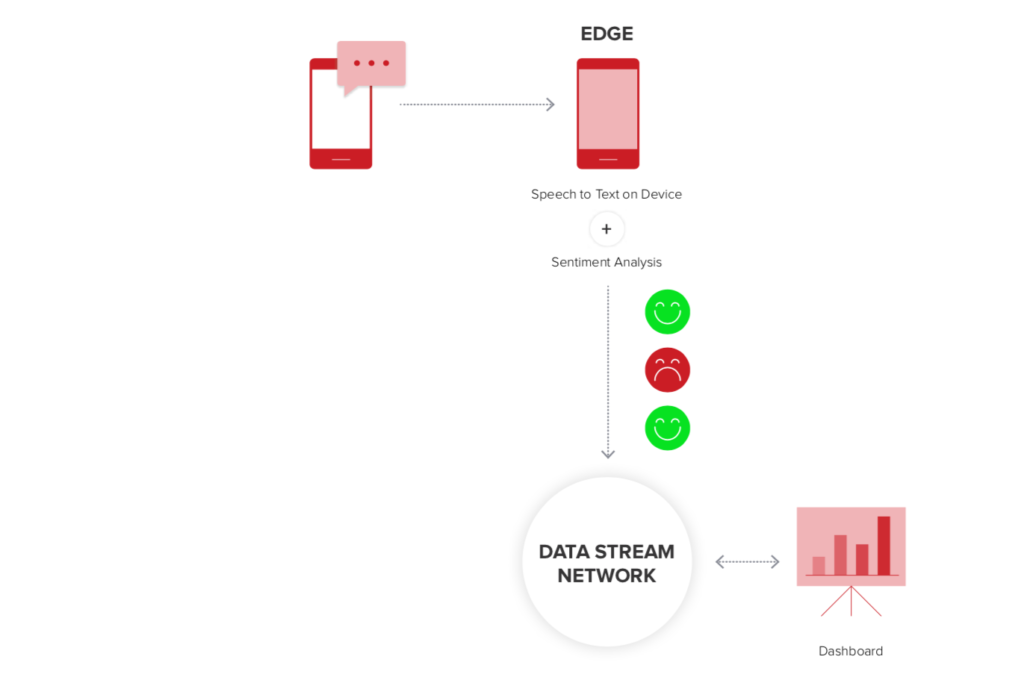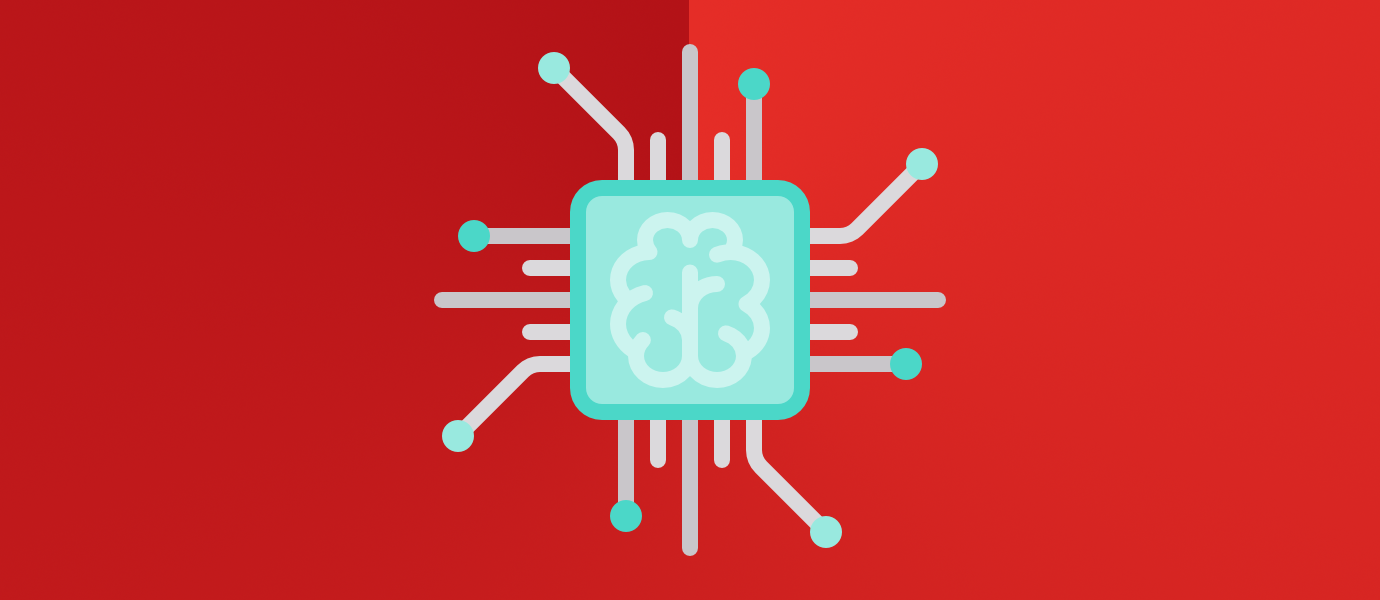IN THIS ARTICLE
Subscribe to Our Newsletter
In our previous blog post, we introduced the cognitive era, and looked at how we got there and what’s to come. In this post, we’ll dig into some real-life use cases that already exist today.
Big Data Ingestion and Processing
For businesses that create massive amounts of data, for example, home automation companies or financial firms, we currently have great technology for ingesting and processing the data generated by huge deployments of connected devices. Cognitive services sit in the middle, before the data is stored, and not only analyze the data for your use case, but can also create events if you’re using an event-driven architecture.

In a big data use case, the cognitive service, in this case Watson, processes the data coming through the firehose. The service is able to reroute the processed data while it’s in-motion, delivering certain analysis to a visualization, an event to any number of other containers, and other data to store.
Realtime Data Streams
For applications allowing users to communicate in realtime, or any deployment where small amounts of data are streamed in sub-second deliveries, cognitive services will make a massive impact. This enables businesses to execute business logic, in this case, trigger their cognitive services, directly in the data stream, manipulating, filtering, and analyzing that data, and delivering a transformed version of the data to an end user.
Take chat. We know that chat is transforming, and that cognitive services will play a massive role in that evolution. Integrating cognitive services into messaging feeds allows you to do some pretty amazing things with the data. You can translate any language into any language, turn text into natural speech (or vice versa), or even analyze the sentiment of messages coming through a chat feed.

In this use case, the cognitive service sits between the chat users. Instead of sending the raw message to an external server, having it translate the message, and send the processed message to the recipient, the translation takes place directly in the middle, decreasing latency and reducing unnecessary infrastructure.
Edge Computing
Edge computing is compute taking place as close to the data source as possible, providing an incredibly fast and efficient way to take action on data. Instead of streaming all data to a central data center (i.e. ‘the cloud’), edge computing alleviates the network of potential bandwidth bottlenecks, and processes the data that matters, keeping it close to the source.

In this use case, the cognitive service sits on the device, where all processing takes place. The end device takes the speech, converts it to text, and analyzes the sentiment of the message. This way, the device on the edge only has to send the sentiment data to the dashboard, and doesn’t have to send the actual contents of the message.
A World Transformed
Apps and businesses alike will be transformed by cognitive services. They will work more efficiently, safely, and more sustainably, and deliver more engaging and immersive experiences to their customers. From the way we buy goods, to the way our children learn, to the food we eat, cognitive services will drive the innovation of industries and organizations into the future.
Want in-depth analysis? Check out our full eBook Welcome to the Cognitive Era: The New Generation of Computing.











